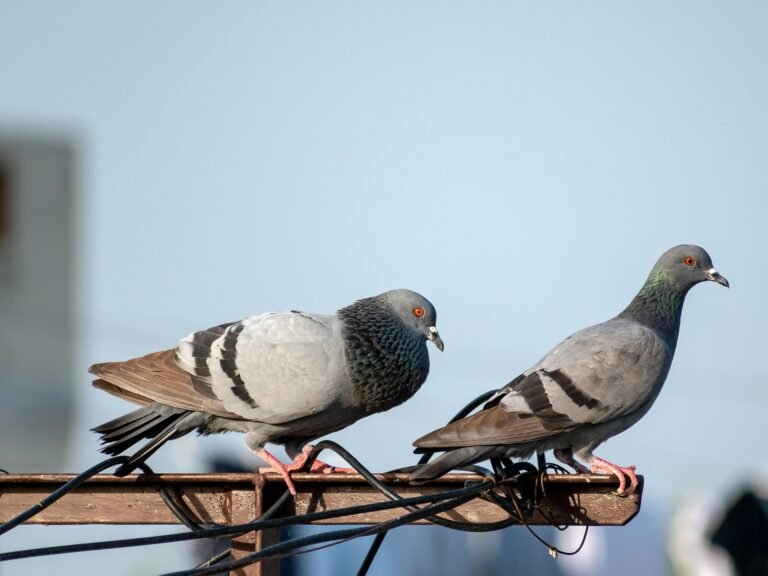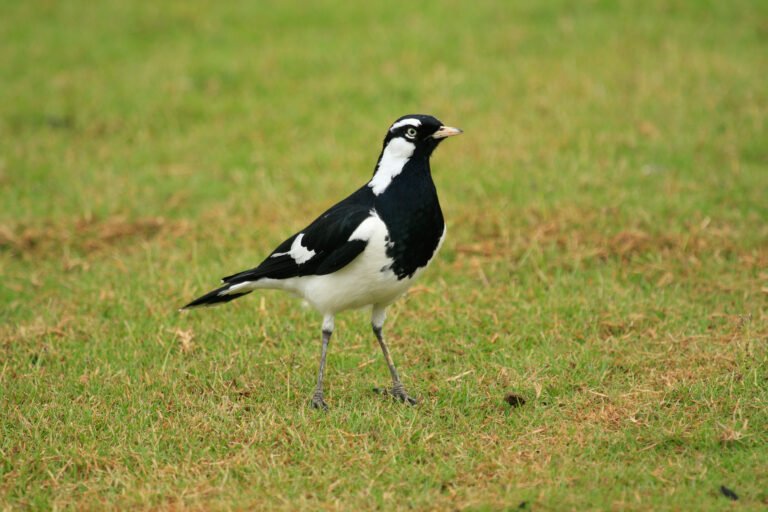Butterfly Eggs: What Do Butterfly Eggs Look Like?

Hey everyone, welcome back to Feathered Mates! Today I will talk to you about Butterfly Eggs: What Do Butterfly Eggs Look Like?
Butterflies are among nature’s most enchanting creatures, known for their vibrant colors and graceful flight. While their adult stage is celebrated for its beauty, the life cycle of a butterfly begins with a remarkable yet often overlooked stage: the egg. Butterfly eggs are tiny, intricate, and full of fascinating details that vary significantly among species. In this comprehensive guide, we’ll explore everything you need to know about butterfly eggs, from their appearance to their role in the butterfly life cycle.
Today we will try to learn about butterfly eggs, what do butterfly eggs look like, black butterfly eggs, cabbage butterfly eggs, swallowtail butterfly eggs, monarch butterfly eggs, what do monarch butterfly eggs look like, how many eggs does a monarch butterfly lay, butterfly eggs hatching, how old are butterflies when they first lay their eggs, butterfly eggs on leaf, etc.
What Do Butterfly Eggs Look Like?
Butterfly eggs come in a variety of shapes, sizes, and colors depending on the species. Most butterfly eggs are tiny, measuring only about 1 millimeter in diameter. They can be spherical, oval, or conical in shape. The color of butterfly eggs ranges from white and yellow to green and even black, offering a fascinating spectrum that reflects their species and environment.
Butterfly eggs are often laid on the undersides of leaves, where they are protected from predators and environmental hazards. Their surfaces may appear smooth, but under a magnifying glass, you might notice intricate patterns, ridges, or even a honeycomb-like texture.
Black Butterfly Eggs
While most butterfly eggs are light-colored, some species lay black eggs or eggs that darken as they develop. This coloration can serve as camouflage or a signal that the eggs are less palatable to predators. Black butterfly eggs are often mistaken for insect droppings, which helps deter predators further. Observing these eggs can provide a unique insight into the butterfly’s life cycle and survival strategies.
Monarch Butterfly Eggs
Monarch butterfly eggs are easily recognizable due to their unique appearance. These tiny, cream-colored eggs are shaped like a teardrop and have vertical ridges running along their surface. Monarchs exclusively lay their eggs on milkweed plants, as the leaves serve as the primary food source for the emerging caterpillars. Each female monarch can lay between 300 to 500 eggs over her lifetime, ensuring the survival of future generations.
What Do Monarch Butterfly Eggs Look Like?
Monarch butterfly eggs are typically laid singly on the underside of milkweed leaves. Their creamy-white appearance makes them stand out against the green leaves. If you’re trying to identify these eggs, look for their characteristic oval shape and ridged texture.
How Many Eggs Does a Monarch Butterfly Lay?
A single female monarch butterfly can lay between 300 and 500 eggs during her lifetime. These eggs are laid in clusters or individually, depending on the availability of milkweed plants, which are essential for monarch caterpillars.
Cabbage Butterfly Eggs
The cabbage butterfly, also known as the small white (Pieris rapae), lays tiny, elongated, and pale yellow eggs. These eggs are typically deposited singly on the leaves of cruciferous plants such as cabbage, broccoli, and kale. The eggs hatch within four to eight days, releasing caterpillars that are notorious for being garden pests. Despite their destructive nature, cabbage butterflies play an important role in ecosystems.
Identifying Cabbage Butterfly Eggs
Cabbage butterfly eggs are oblong and have a ribbed texture. They’re usually found on the underside of host plant leaves. These eggs hatch into green caterpillars that are notorious for feeding on garden crops.
Swallowtail Butterfly Eggs
Swallowtail butterflies are another popular group known for their vibrant colors and elegant wings. Their eggs vary in appearance depending on the species.
Characteristics of Swallowtail Butterfly Eggs
Swallowtail butterfly eggs are spherical and often light green or yellow. They are laid singly on the leaves of host plants like parsley, dill, and fennel. Some swallowtail species’ eggs may darken as the caterpillar inside matures.
Butterfly Eggs on Leaves
The placement of butterfly eggs is crucial for the survival of the species. Female butterflies are selective about where they lay their eggs, often choosing leaves that will provide the best nourishment for their caterpillars.
Why Do Butterflies Lay Eggs on Leaves?
Butterflies lay their eggs on leaves to ensure their larvae (caterpillars) have immediate access to food upon hatching. Different butterfly species have specific host plants. For example, monarch butterflies lay eggs on milkweed, while cabbage butterflies prefer cruciferous vegetables.
How to Spot Butterfly Eggs on Leaves
To find butterfly eggs, inspect the undersides of leaves, especially on plants known to attract butterflies. Use a magnifying glass to identify the unique textures and colors of the eggs.
Butterfly Eggs Hatching
The hatching of butterfly eggs marks the beginning of the caterpillar stage, a critical phase in the butterfly life cycle.
What Happens During Hatching?
When butterfly eggs are ready to hatch, the caterpillar inside breaks through the eggshell using its tiny jaws. The process can take several minutes to hours. Newly hatched caterpillars often consume their eggshell as their first meal, which provides essential nutrients.
How to Observe Butterfly Eggs Hatching
To witness this remarkable event, keep the eggs in a controlled environment, such as a small container with access to fresh leaves. Ensure proper ventilation and monitor humidity levels to mimic natural conditions.
How Old Are Butterflies When They First Lay Their Eggs?
Butterflies typically reach reproductive maturity within a few days to weeks after emerging from their chrysalises. The exact time frame depends on the species and environmental conditions. For instance, monarch butterflies can start laying eggs within 3-5 days of emerging.
Protecting Butterfly Eggs and Habitat
With increasing threats from habitat loss, climate change, and pesticides, it’s crucial to protect butterfly eggs and their environments.
How to Create a Butterfly-Friendly Garden
- Plant Native Host Plants: Include species-specific host plants like milkweed for monarchs and parsley for swallowtails.
- Avoid Pesticides: Chemicals can harm butterflies and their eggs. Use natural pest control methods instead.
- Provide Shelter: Include shrubs and trees to protect butterflies and their eggs from harsh weather and predators.
- Maintain a Water Source: A shallow water source with pebbles can provide hydration for butterflies.
Fascinating Facts About Butterfly Eggs
- Egg Development: The time it takes for butterfly eggs to hatch varies by species and temperature, ranging from a few days to several weeks.
- Egg Adaptations: Some butterfly eggs are camouflaged to blend with their surroundings, reducing the risk of predation.
- Species-Specific Patterns: The textures and colors of butterfly eggs are often unique to each species, making them a fascinating subject for study.
The world of butterfly eggs is as diverse and fascinating as the butterflies themselves. From the intricate designs of monarch butterfly eggs to the strategic placement of eggs on host plants, every detail serves a purpose in the survival of these remarkable insects. By understanding the characteristics and life cycle of butterfly eggs, we can better appreciate the complexity of nature and the vital role butterflies play in our ecosystems.
Protecting butterfly habitats and ensuring the availability of host plants are essential steps in preserving these creatures for future generations. Whether it’s the black eggs of certain species or the iconic monarch’s eggs on milkweed, each butterfly’s story begins with a tiny, delicate egg full of potential and wonder.
Click here to know What Do Butterflies Eat?
It can be said that birds are very peaceful creatures and they always fascinate us with their behavior. So, As a responsible bird owner, acquiring the necessary knowledge about birds is of course very important. Every bird owner should understand and review accurate information about birds and guide birds properly. Hope we have helped you enough to know Butterfly Eggs: What Do Butterfly Eggs Look Like? Stay with us to learn about the right bird selection, bird care, birds nests and all things related to birds. May the relationship between you and your pet become stronger.







